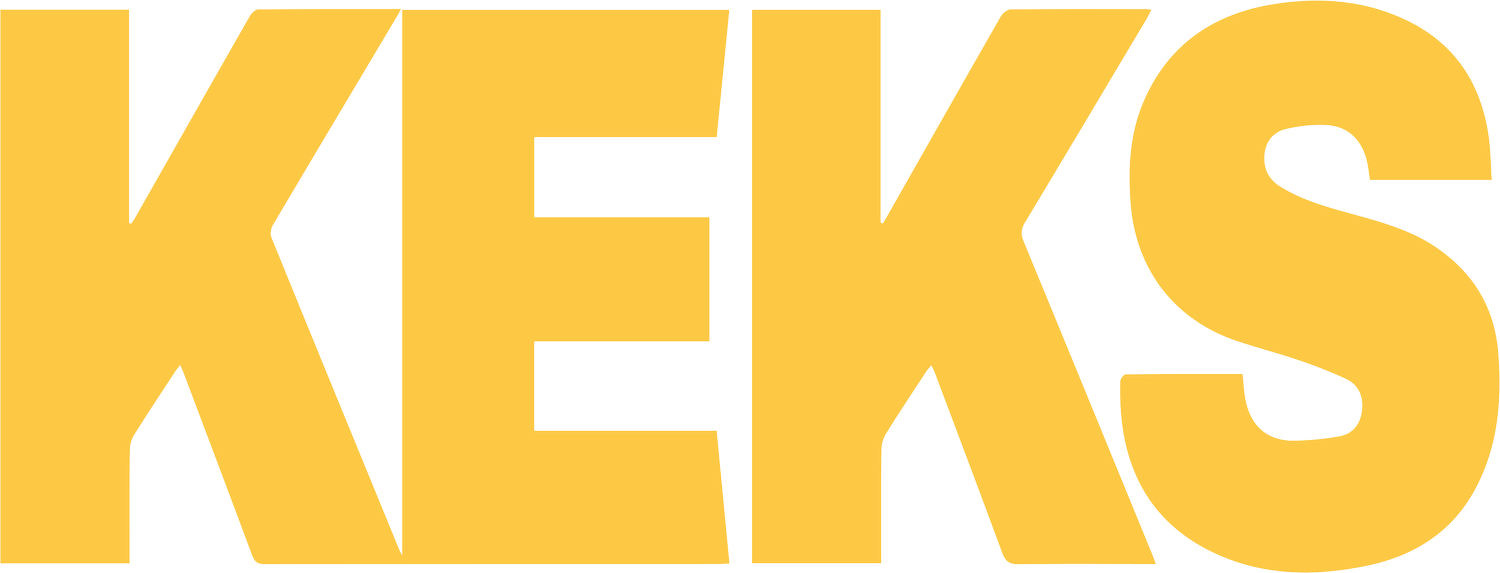The Logbook
KEKS är idag europaledande i arbetet med att dokumentera och följa upp öppen ungdomsverksamhet och därigenom skapa förutsättningar för en, i ordets rätta bemärkelse, kunskapsbaserad verksamhet.
The Logbook är helt central i detta arbete, för precis som det står i chartern så behöver den öppna ungdomsverksamheten ”ett tydligt och heltäckande system för dokumentation och uppföljning av utfall, förutsättningar och arbetsprocesser i relation till mätbara indikatorer och mål;” och ”tydliga rutiner för kontinuerlig analys av och reflektion kring utfall i relation till förutsättningar, arbetsprocesser och aktiviteter, samt behovet av fortsatt utveckling;”
Fortfarande saknar de flesta organisationer, kommuner såväl som andra, ett sådant system. Den fråga man borde ställa sig är om man skulle acceptera att skolan eller socialtjänsten inte dokumenterade sin verksamhet och följde upp sina resultat.
Kunskap om ungas livsvillkor och behov såväl som om olika metoder och verktyg är naturligtvis viktiga för en väl fungerande verksamhet, men utan kunskap om sina egna resultat och vad som lett fram till dessa är verksamheten fortfarande inte kunskaps- utan gissningsbaserad.
Genom The Logbook läggs grunden för en lärande organisation som förmår anpassa sin verksamhet till ungdomars skiftande idéer, intressen och behov.
Den första versionen av The Logbook kom 2009 och den har sedan dess utvecklats till ett unikt verktyg för dokumentation, uppföljning och vidareutveckling av öppen ungdomsverksamhet.
Grunden till detta är att såväl den första versionen som all vidareutveckling har skett i konstant dialog med användarna, såväl ungdomsarbetare som verksamhetsutvecklare och chefer. Alla KEKS medlemsorganisationer har en loggboksansvarig som stödjer användarna och samtidigt samlar in deras feedback och förslag till förbättringar.
Ett viktigt krav vid utvecklingen av The Logbook var att denna skulle kunna användas oavsett var, hur och av vem verksamheten bedrivs. Utifrån ett gemensamt fokus på ungas delaktighet och lärande skulle systemet vara ’neutralt’ i relation till organisation, resurser och andra yttre omständigheter. Ser man till vilka organisationer som idag är medlemmar i KEKS och använder systemet kan man konstatera att vi lyckats.
Det finns idag inget bättre verktyg för den som vill bedriva ett systematiskt kunskapsbaserat arbete och samtidigt kunna visa för andra vilka resultat man faktiskt åstadkommit.
KEKS arbetar kontinuerligt med att stärka verksamhetens position, såväl nationellt som lokalt. Utan The Logbook hade detta inte varit möjligt.
The Logbook innehåller en rad olika funktioner och många av dessa kan dessutom anpassas till lokala behov. Följande presentation blir därför av nödvändighet relativt översiktlig. Den som funderar på att använda systemet och vill ha mer information är välkommen att kontakta KEKS kansli för en mer utförlig introduktion.
Här hittar du också en översikt över The Logbook på engelska



